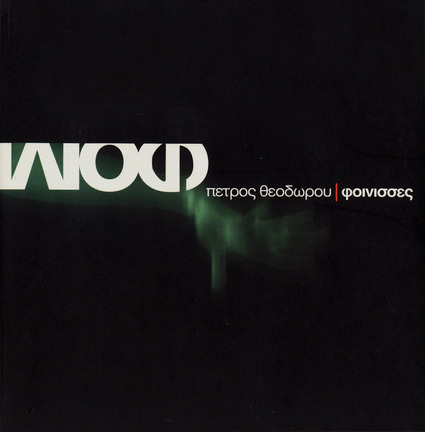PERSONAE
Iocasta, Antigone-Menoikeas, Eteocles, Polyneikes, Warrior-Creon, Teiresias-messenger, Oedipus
IMAGE – TRACK 1 / EARTH
The Spartoi (the sown ones) are warriors born from a dragon’s teeth sown in the earth and Thebans will be their descendants. The last one of the Spartoi is the Warrior, who incarnates the idea of war, of authority. The women dancers appear as a group of prisoners (Phoenician Women) who will reconstruct the persons and events of the tragedy.
IMAGE – TRACK 2 / BIRTH
Iocasta gives birth to Oedipus who mates with her. Antigone, Eteocles and Polyneikes are born. Teiresias-messenger watches.
IMAGE – TRACK 3 / DOMINATION
The two brothers enjoy their blood bond. The Warrior gives them the scepter and pushes them into conflict despite Antigone’s objection. Oedipus blinds himself. The Warrior turns into Creon.
IMAGE – TRACK 4 / EMBRACE
Iocasta urges the brothers to reconcile with the help of Antigone. The men try in vain to remember their bond.
IMAGE – TRACK 5 / SACRIFICE
Creon with his son Menoikeas. Teiresias orders that Menoikeas should be sacrificed despite his father’s objections. Menoikeas is voluntarily sacrificed. Creon mourns.
IMAGE – TRACK 6 / BATTLE
The women dancers, as Phoenician Women, present battle scenes. The idea of conflict, of war.
IMAGE – TRACK 7 / MEMORY
Teiresias-messenger considers the death-toll and recollects the battle. He tries to get away in panic. The Warrior mocks him and stops him.
IMAGE – TRACK 8 / HOPE
Iocasta, Antigone and Oedipus envisage a world of harmony and reconciliation. Teiresias-messenger surprises them and announces the duel between the two brothers.
IMAGE – TRACK 9 / DUEL
Polyneikes and Eteocles retracing in vain their childhood. Their duel, encouraged by the Warrior. Oedipus seems to be receiving the blows himself. The two brothers kill each other. Iocasta arrives and upon seeing her sons dead she kills herself.
IMAGE – TRACK 10 / FATE
The Warrior-Creon becomes king. Dead Iocasta tries in vain to give birth to her two sons again. Creon wants to remove Polyneikes body and Antigone stops him.
IMAGE – TRACK 11 / BEGINNING
Oedipus finds his sight again. Creon remembers his son Menoikeas. Oedipus goes away with Antigone and dead Iocasta.

